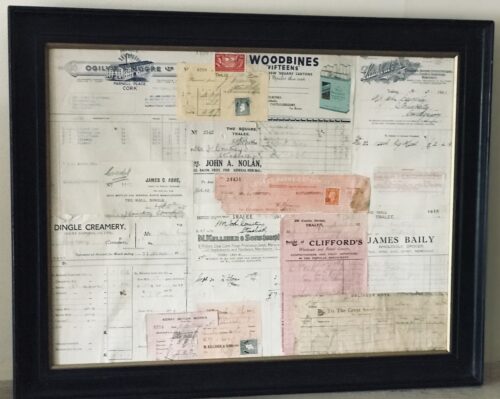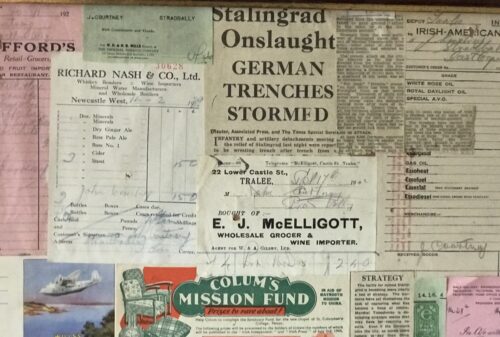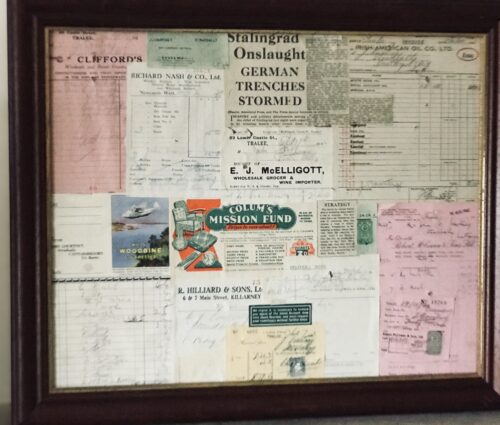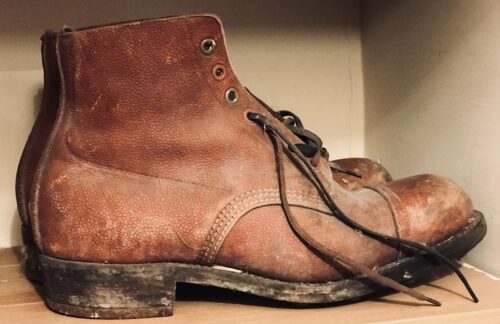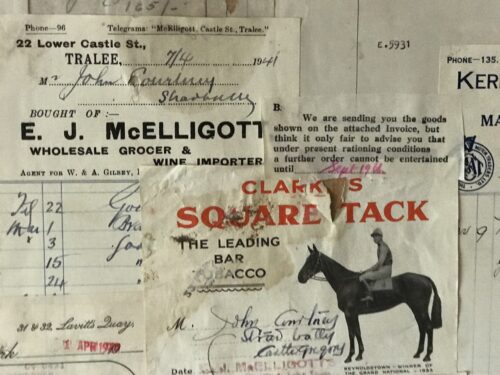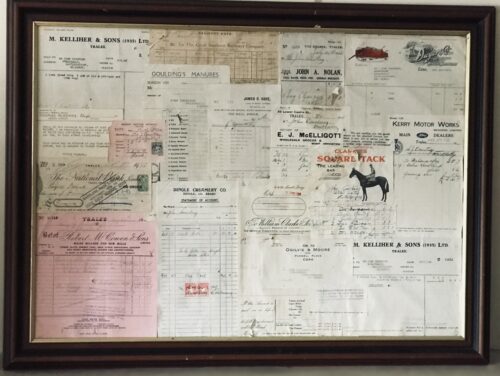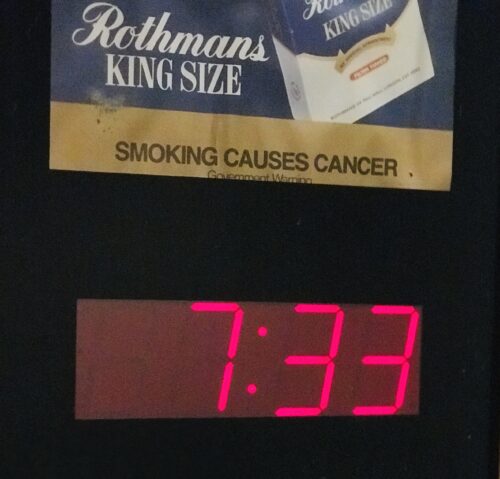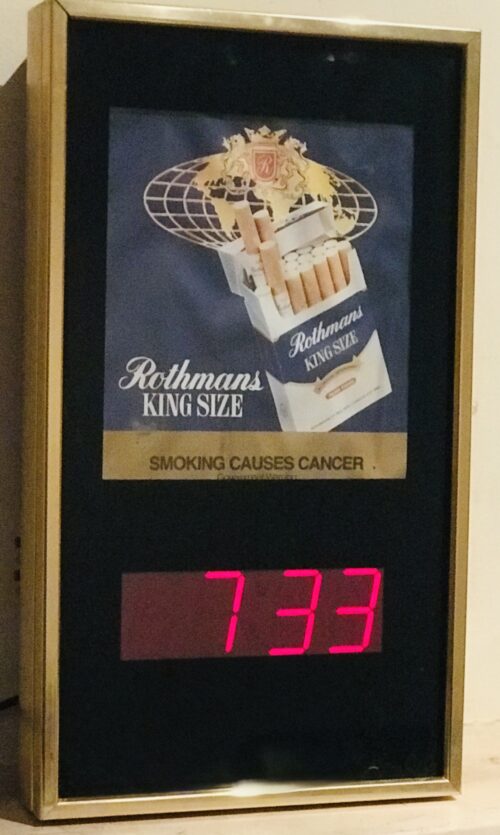A short history of Ireland during the Second World War, by John Dorney.
The Second World War was the defining event of the twentieth century. It saw, as well as the deaths of tens of millions and devastation of two continents, the defeat of Hitler and Nazism, the decline of the once dominant European empires and the rise to superpower status of the United State and the Soviet Union. In the Irish state, popularly known throughout the war years as ‘Eire’ it was also a crucial event, though more for what did not happen than what did. Ireland did not join the war, but declared neutrality. Indeed the world war, in Ireland, was not referred to as a war at all, but as ‘The Emergency’. In staying neutral, despite British and latterly American pleas to join the war, Ireland, under Eamon de Valera, successfully asserted the independence of the new state. However, Irish neutrality was a fraught affair – a delicate balancing act between neutrality and secretly aiding the Allied powers.Background, incomplete independence

The Irish state stayed neutral during the War to assert its independence from Britain.
The anti-Treaty Republicans never fully accepted their defeat however. What was left of the guerrilla army that had fought British and the Civil War, the IRA, never accepted the Free State. In 1932, the major political party that emerged from the anti-Treaty movement, Fianna Fail, came to power by election.
Under Eamon de Valera, they set about dismantling the Treaty, abolishing the oath to the British monarchy, the Governor General and the Senate and introducing a new constitution in 1937. They also initiated a tariff war with Britain by refusing to pay back the Land Annuities that Britain had granted to subsidise land reform in Ireland in the early twentieth century.
While this satisfied many of de Valera’s supporters, the IRA continued to oppose anything short of a fully independent Irish Republic. De Valera had legalised the organisation in 1933, but he banned them again in 1936, as they would not give up their arms or illegal methods.
De Valera’s new constitution removed the name Irish Free State and stated that the country’s name was ‘Eire, or in the English language Ireland’. The name ‘Eire’ stuck abroad to distinguish the former Free State from Northern Ireland.
By 1938, however, both de Valera and the British government of Neville Chamberlain, were eager to normalise relations with each other. De Valera agreed to pay a lump sum towards the land annuities and in return, Chamberlain lift the onerous tariffs on Irish agricultural imports.
Most importantly though, the British agreed to return to Ireland the three ‘Treaty ports’ on the Atlantic Coast.
The British analysis was that the ports had not been well-maintained, required investment and would be difficult to defend in wartime should the Irish ever try to take them back. But the British thought they were being returned to Ireland on the implicit understanding that British naval forces would be allowed to use them in the event of a European war.
De Valera, on the other hand, had insisted that the return of the ports be unconditional and when war broke out, refused the British request to use the ports as anti-submarine bases.
The Treaty ports and Irish unity

Winston Churchill had to be persuaded not to invade Ireland to take Ireland’s Atlantic ports.
At this point Neville Chamberlain was replaced as British Prime Minister by Winston Churchill, who took a far less conciliatory position on Irish neutrality than his predecessor.
Churchill was one of the architects of the Anglo-Irish Treaty back in 1921 and considered that the Irish state only existed as agreed under the Treaty, ‘under the [British] Crown’. He therefore considered Irish neutrality as a breach of the Treaty and that Britain would be within its rights to re-occupy the territory of the Irish Free State.
On numerous occasions he had to be talked out of unilaterally taking back the ‘Treaty Ports’ in Ireland by military action by his cabinet
Churchill however also attempted to lure de Valera into the war by offering him the prospect of Irish unity in return for an end to the policy of neutrality. In popular consciousness this is often held to have been confined to a late night note Churchill fired off to de Valera in which he wrote ‘now or never, a nation once again’.
In reality however, the British offer of a united Ireland was far more concrete than is widely understood. Irish and British teams negotiated for months, and the British under Neville Chamberlian offered de Valera of formal offer of unity on June 28 1940, in return for British troops, planes and ships being allowed to garrison the Treaty Ports.
What decided de Valera against accepting the offer, apart from the innate fears of entering the war, was that a prospective united Ireland would have to be approved in the Northern Ireland Parliament. As long as this was dominated by unionists, this meant that no British offer of unity was likely to come to pass. Ireland and her ports stayed out of the war.
Northern unionists, meanwhile, were outraged at the prospect of a united Ireland negotiated behind their backs between London and Dublin.
Neutral?

Despite its neutrality, in practice Ireland aided the Allies in many ways.
However, in 1943, Ireland quietly released all its 33 Allied internees while keeping the Germans incarcerated. About 260 German military, air force and naval personnel, who had mostly crashed landed in Ireland, were interned in Ireland during the war
From this point onwards, when allied airplanes crashed in Irish territory, their surviving crews were secretly escorted across the border, back into British territory. And where possible, their machines were also repaired and returned. The official justification for this was that all allied planes over Ireland were on training missions, whereas the Germans were on combat missions.
From 1941 onwards, Ireland also permitted allied planes to fly over Irish air space in an ‘air corridor’ over County Donegal into Northern Ireland. In 1944, in the run up to the Normandy Landings in France, Irish weather stations provided the allies with secret weather reports that helped the invasion of Europe to go ahead
Northern Ireland, meanwhile, became a major staging post for the United State military, with a naval and Marine Corps base in Derry and thousands of American military personal, including five Army divisions, garrisoned there ahead of the invasion of Europe.
The role of the IRA

The IRA sought German aid during the War but was harshly repressed on both sides of the border.
In 1939, starting before war broke out between Britain and Germany, Russell launched a bombing campaign in England, targeting power stations and factories but also cinemas and post offices. The logic of Russell’s campaign was that while Britain was engaged in a world war it might be forced to leave Northern Ireland in order to stop the bombing campaign at home.
Seven English civilians were killed in the bombing campaign. The most dramatic event was a bomb in attack in Coventry that killed five people, for which two IRA members were later hanged.
In Ireland the IRA was also involved in intermittent anti-state activities. In December 1939 they stole one million rounds of ammunition from the Irish Army’s depot at the Magazine Fort in Dublin’s Phoenix Park. They also bombed Garda (police) headquarters at Dublin Castle and shot a number of Garda detectives in various incidents, killing five detectives over the course of the war
In response, the de Valera government interned over 500 IRA members at the Curragh and jailed another 100 for the duration of the war. The Irish government also executed six IRA members between 1940 and 1944 for shooting Gardai or soldiers.
In Northern Ireland, the IRA carried out some attacks from 1942 onwards, killing over the course of the war, six RUC policemen. There too, internment was introduced, 300 IRA men were imprisoned and one IRA man, Tom Williams, was hanged by the Northern government for the killing of an RUC constable in 1942.
German and IRA collaboration

The Germans wanted to use the IRA to launch an insurrection in Northern Ireland.
Sean Russell, the IRA leader who had pioneered cooperation with Nazi Germany, died of a burst ulcer aboard a u-boat on his way back to Ireland in August 1940. However this was far from the end of the IRA‘s contacts with German intelligence.
The Germans landed over dozen agents in Ireland during the war, the most important of whom was Hermann Goertz, a military intelligence officer, whose job it was to liaise with the IRA.
Stephen Hayes, the IRA Chief of Staff, had a plan drawn up ‘Plan Kathleen’ for a German invasion of Northern Ireland, involving a landing in Derry, which the IRA would have supported through an attack over the border from County Leitrim.
Goertz discussed the plan with Stephen Hayes but was not impressed either with Hayes, the IRA’s capabilities or with the details of the plan.
In fact, the German agent concluded that the IRA was all but useless to German war aims and instead began trying to create a network of informants based on far-right wing sympathisers such as Niall MacNeill, an Irish Army intelligence officer and former Blueshirt leader Eoin O’Duffy
After 18 months in Ireland, Goertz was arrested in November 1941, more or less ending the overt collaboration of the IRA with Nazi Germany.
Despite the Germans’ on-off dealings with the IRA, the Eamon de Valera and the Irish government generally had a cordial relationship with the German ambassador, Eduard Hempel, who was regarded as dealing more respectfully with neutral Ireland than did the British or American representatives in Dublin.
For this reason de Valera consistently refused Allied demands that the German ambassador be expelled.
Bombing

Dublin was bombed accidentally but Belfast was systematically bombed and over 1,000 civilians were killed.
Southern fire engines were sent north to aid the Northern authorities in the aftermath of the bombings.
While it did not see concerted bombing of that kind, on a number of occasions, the 26 county Irish state was indeed bombed by the Germans, most notably the North Strand area of Dublin in May 1941, in which 28 people were killed. The Germans later apologised for the bombing and paid compensation
While it has been speculated that such bombings were a veiled threat from the Germans as to what would happen if Ireland abandoned neutrality, historian Michael Kennedy judges that they were in fact the result of German bombers dumping their bombs on return flights from unsuccessful mission in Northern Ireland
End of the War


